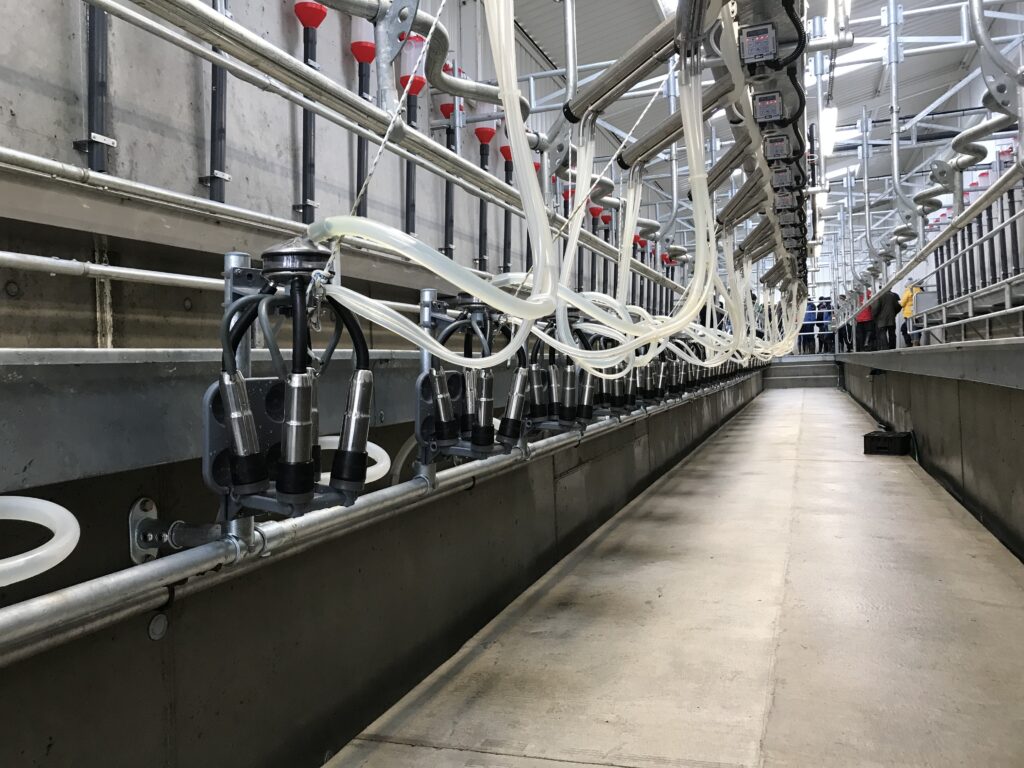When was the last time you changed the milk liners in your parlour? If it has been more than six months then you should really think about replacing them.
Milk liners are the only part of the milking machine that come into direct contact with the cows. Therefore, it is important that they are in good condition in order to ensure that cows are milked out fully and to avoid any mastitis issues.
The loss in elasticity can be due to fat absorption, stiffening due to milk stone accumulation, along with rubber denaturing, due to the action of dairy detergents – such as chlorine.
The interior of the liner can also become rough; so it can be more difficult to clean and disinfect and can then harbour pathogens – increasing the potential of cross-contamination between cows.
Furthermore, the deterioration in the milk liners is sufficient to reduce the speed and completeness of milking – as once they lose their elasticity they can become oval in shape.
The milk liner then takes longer to open and does not close fully around the teat; therefore, lengthening the time needed to milk.
This has a knock-on effect on milk yield as the cows are under-milked. This can also cause teat-end damage and mastitis.
However, the condition of the liners should also be checked in-between changes for deterioration, such as cracking or roughness.
Although changing liners can be expensive it will more than pay for itself in the long run if it means your cows are going to be milked fully and the incidences of mastitis in the herd is less.

